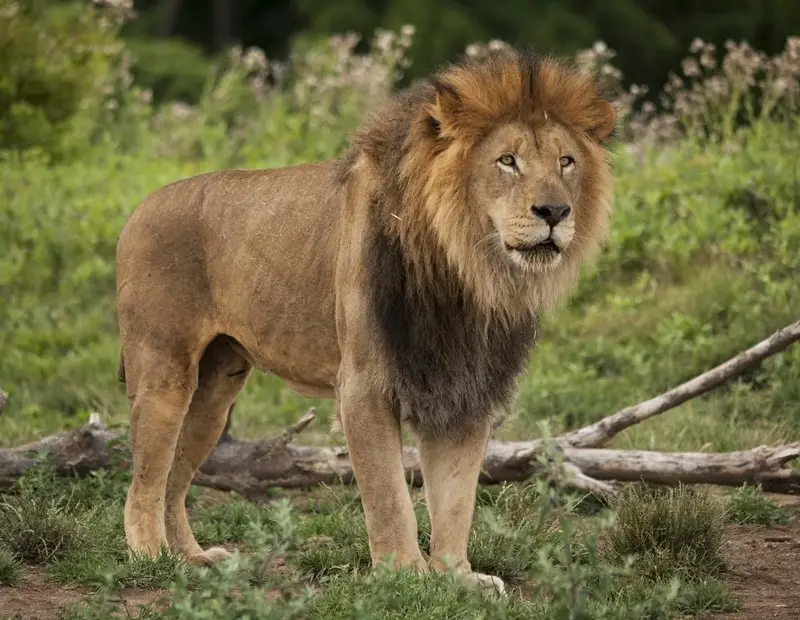A Kenyan man lost his life to a lion attack on Monday, January 1, 2024, while traveling on his motorcycle near the Shimba Hills National Reserve, located in Kenya’s southern region.
The incident was brought to the attention of local law enforcement when residents found an unoccupied motorcycle near the Marere forested region.
Police, upon examination of the scene, discovered lion footprints leading from the motorcycle to a nearby thicket. Here, they found the deceased man’s remains, whose identity remains unknown.
The Kenya Wildlife Service (KWS) was informed about the incident and joined the investigation, assisting in the recovery of the body.
The deceased individual is presumed to be a resident of the local area.
Conflicts between humans and wildlife had resulted in a decrease in the lion population in Kenya, leading the Kenyan government to classify lions as endangered. In 2010, the lion population was estimated at around 2,000, but recent surveys indicate a slight increase, with the current population estimated at 2,489.
This incident underscores the difficulties in managing human-wildlife interactions, especially in areas near wildlife reserves. The Kenya Wildlife Service has formed a rapid response unit, the Problem Animal Management Unit (PAMU), in response to such conflicts. PAMU works in close collaboration with affected communities, monitors ongoing conflicts, promotes cohabitation, and minimizes the risk of similar occurrences.
KWS has recognized climate change and the recent extended drought as factors exacerbating human-wildlife conflict. The search for water and pasture has led wild animals into human habitats more often, resulting in increased human-wildlife encounters.











